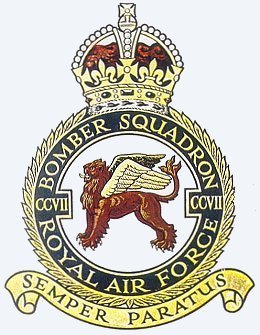Many Thanks to Mr Peter Langman for submitting this article. If it wasn’t for Richard’s sacrifice then Peter wouldn’t be here to tell the story.
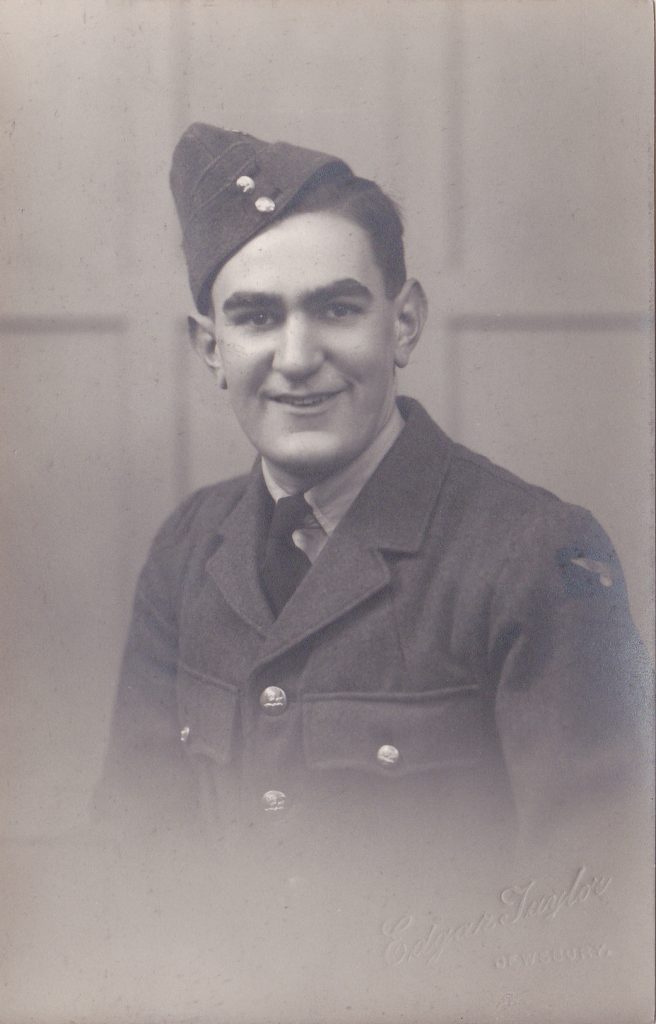
Early Years as a Flight Mechanic/Fitter
Richard Brown was born on 25th September 1917 at Dewsbury in the West Riding of Yorkshire.
We know that Richard joined the RAF Volunteer Reserve on 30th December 1939 via the No.2 Recruitment Centre at RAF Cardington, one time home of the R100 & R101 Airships, before going to the No.1 Recruit Training Pool at RAF Catfoss near Hornsea.
He passed his Flight Mechanics Exam in June 1940 qualifying on the seven cylinder Armstrong Siddeley Cheetah X engine before moving to the RAF College at Cranwell where he was appointed as a Leading Aircraftsman.
Further periods of training followed at the No.4 School of Technical Training, St Athan in South Wales and No.17 Operational Training Unit at RAF Upwood in Cambridgeshire.
Retraining as a Flight Engineer
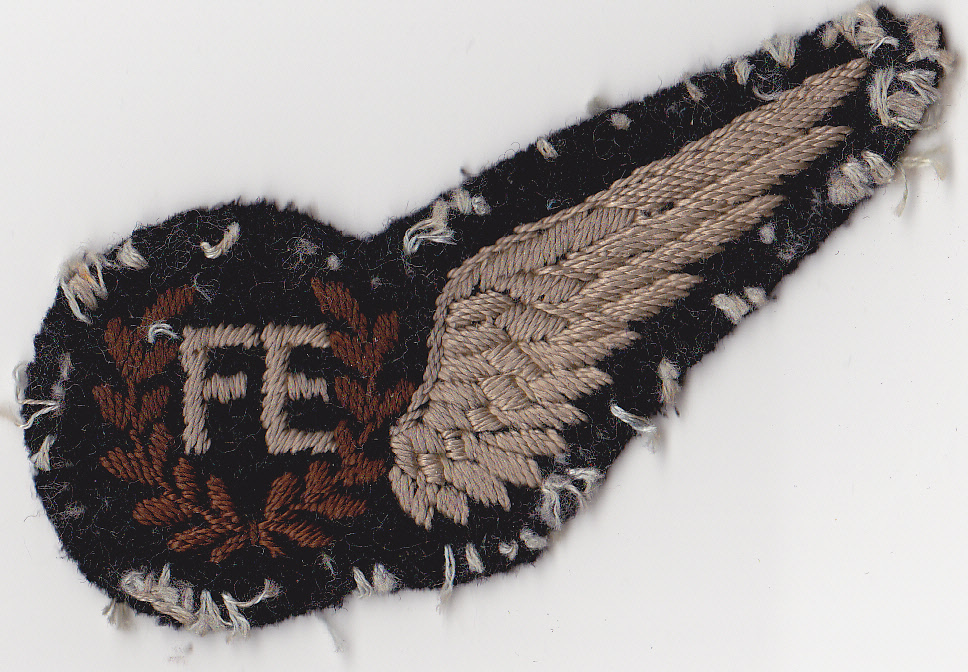
In September 1942 he attended the 18A Flight Engineer Training Course at St Athan where he was promoted to the rank of Sergeant after passing his FE Exams.
He then went to join 1654 (Bomber) Conversion Unit at RAF Wigsley before transferring to RAF Winthorpe where he was awarded a Good Conduct Badge.
After training over some three years, he was deployed as a Flight Engineer to 207 Squadron (ID Code EM) based at RAF Langar in Nottinghamshire in February 1943.
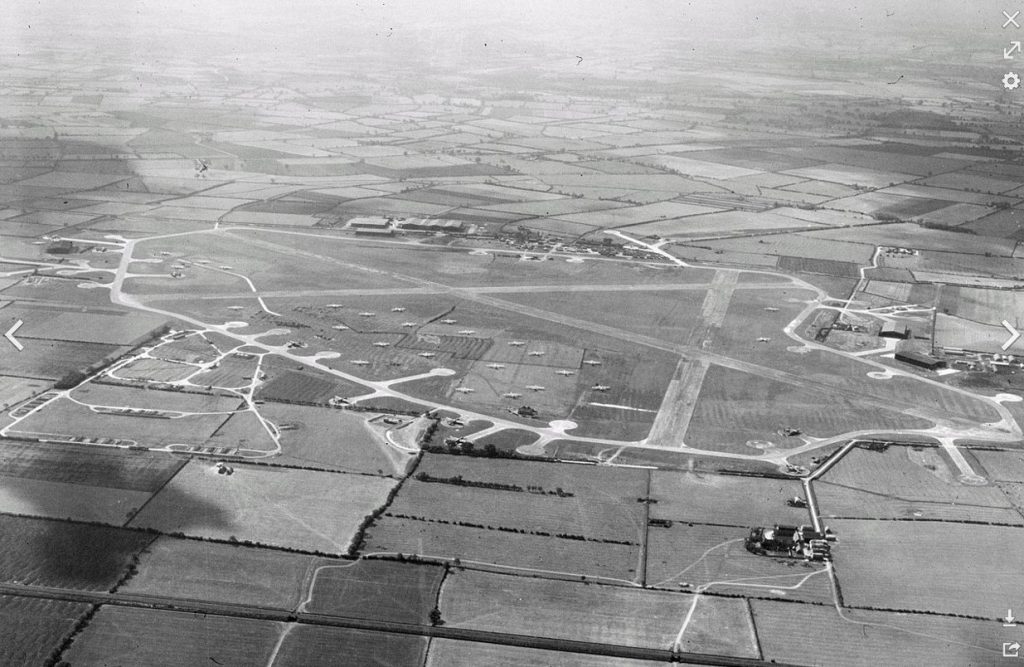
The Operations Record Book held at the National Archives shows that he completed five operational sorties in February 1943 including dropping incendiaries on Lorient in Brittany, propaganda leaflets (Nickels) over Bremen and laying sea mines along the Frisian Islands off the North Sea coast of Germany.
Operation Deodar – 2 March 1943
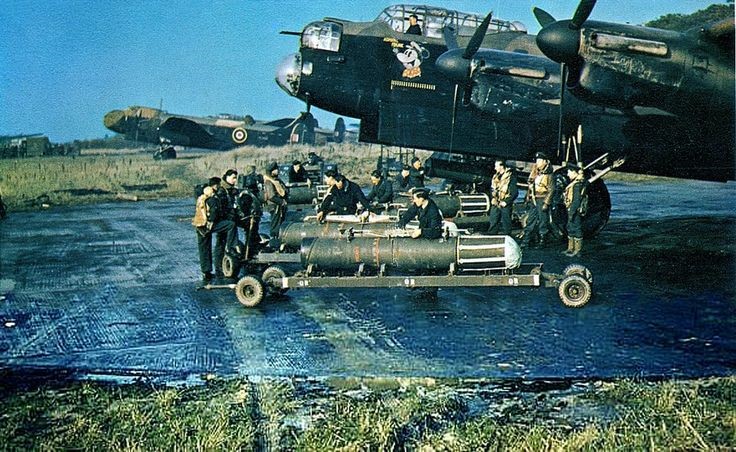
On the evening of 2nd March 1943 his aircraft, Lancaster ED533/N, was one of five dispatched from RAF Langar to lay sea mines in the Gironde Estuary which discharges into the Bay of Biscay. The Gironde Estuary gave access to the inland port of Bordeaux which was a key supply route during the German occupation of France and had extensive defences located on both sides of the estuary mouth.
Of the five aircraft dispatched, one returned with all mines intact as the rear gunner had become ill during the outward flight. Two further aircraft returned after 9 hours flying time reporting successful completion of the mission with all mines laid, “little flak and practically no defences over the target area”. A fourth aircraft failed to locate the target owing to cloud cover and so returned some 10 minutes ahead of the other two, again with all mines intact.
Lancaster ED533/N failed to return and was presumed lost. Of the seven strong crew (see names below) only Richard Browns body was found having washed ashore at Biarritz during May that year so we assume that the aircraft was lost over the Bay of Biscay on the southern approach to the target area.
Crew of Lancaster EM-N:
No.1 Sgt R Isaacs,
F/Eng Sgt R Brown,
Nav Sgt GA Bissett,
Sgt WO Shelly
Sgt KG Peters,
Sgt JW Webster,
P/O FB Hawkins
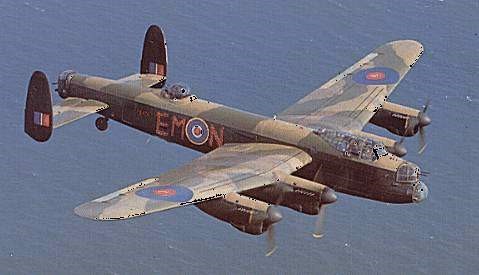
Richard’s body was interred at the Sabaou Cemetery in Biarritz as one of nine Commonwealth War Graves and his citation reads “We thank God for every remembrance of him” which is why it is appropriate to record his story here.
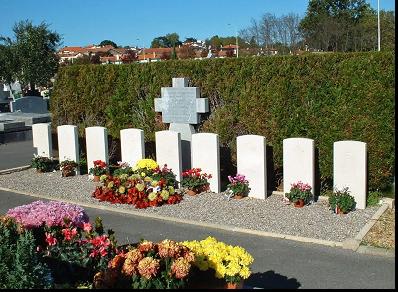
It is a testimony to the majority of young men and women who gave their lives to defend our freedom and of the amount of training which was afforded them often for an all too brief period of operational duty.
My connection with Richard is that he was engaged to my mother in 1942 long before she met and married my father some 10 years later. If it were not for his sacrifice I would not be here to tell this part of his story.
Peter Langman.
Cirencester. Glos.
December 2020
